Budgies can live up to 10 years in a state of good care and nutrition, but our pet birds often suffer from bird diseases that harm their health and reduce their activity.
Which makes us worry about them and seek to treat them. Here are 10 of the most common diseases that birds suffer from:
Table of contents
Legal disclaimer
This post may contain affiliate links which means if you click on a link and choose to make a purchase I may receive a commission at no additional cost to you.
1- Diarrhea:
It is one of the most common diseases that affect ornamental birds, and it is considered an infectious disease, and it is divided into two parts: white diarrhea and green diarrhea.
The bird has an appetite with lethargy, and the green diarrhea known as salmonella poses a threat to the bird’s life if it is neglected and not treated as soon as it appears.
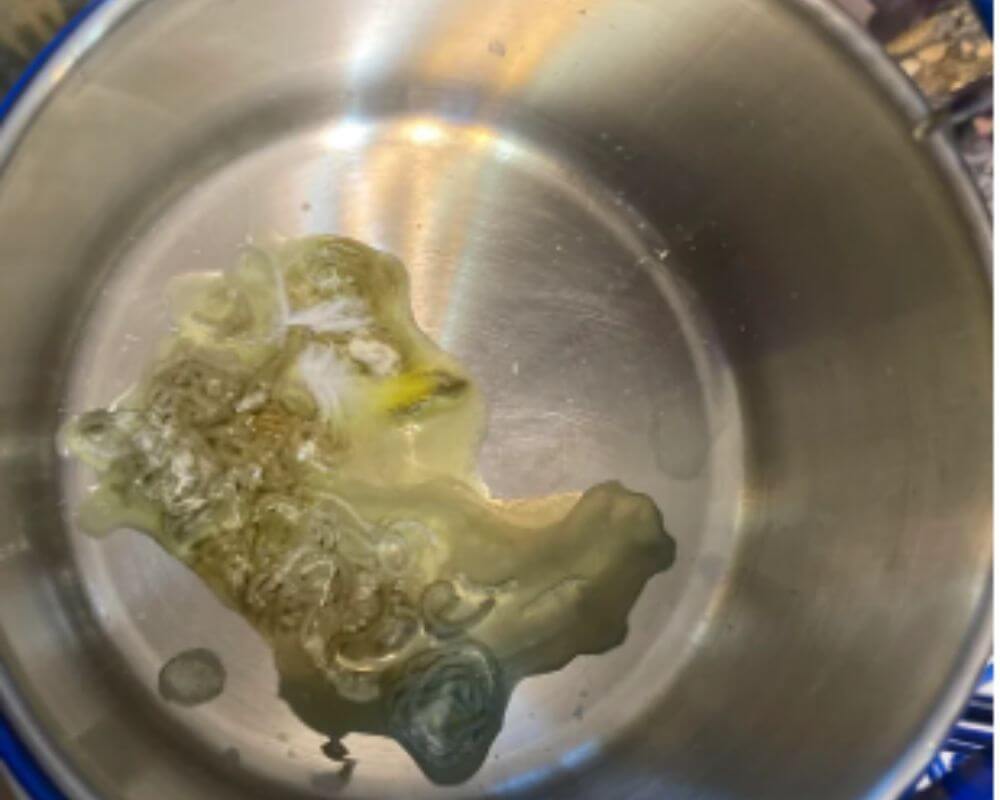
Symptoms:
Its symptoms are a state of extreme carelessness while the bird defecates, and the glaucoma turns into a sticky liquid, with the bird drinking a lot of water.
Reasons :
Excessive feeding the bird with vegetables and food that contains a large amount of water, or providing ice water or spoiled food.
Or a sudden change in the nature of the food provided to the bird, as well as catching the bird with a cold leads to diarrhea.
Treatment :
In all different cases of disease, the sick bird must be isolated from the rest of its owners, and in the event of diarrhea.
- we stop giving the bird vegetables and correct the diet,
- Make sure that the cage is clean of feces and dirt.
- And we clean it twice a day, as liquid feces accelerate the transmission of disease.
- as well as The affected bird should be given two drops of olive oil by using the dropper to remove any harmful substances stuck to its digestive tract.
2- Tuberculosis disease:
Tuberculosis is one of the infectious diseases that affect ornamental birds.
It may be accompanied by diarrhea if the infection is in the digestive system or coughing if the infection is in the respiratory system.
The bird loses its vitality and activity. It also becomes lethargic and emaciated with a loss of appetite for food, and the bones of its chest become prominent.
Symptoms:
Neglecting the cleanliness of the cage and not cleaning it from glaucoma and dirt that is a fertile ground for germs that are quickly transmitted between birds.
And the failure to change drinking water and the fall of glaucoma in it leads to infection with this disease, as it is transmitted by feces containing a lot of tuberculosis microbes with no sunlight entering the cage.
The cage, which limits the spread and reproduction of germs, in addition to the lack of good ventilation, which is very necessary to maintain the health of the bird.
Treatment :
Clean the cage well, especially drinking and food utensils, while giving the bird some antibiotics, such as: (Pan-Trramycin) and other antibiotics prescribed to us by the veterinarian.
3- Constipation , can a budgie get constipated ?
The answer is very simple Budgies can get constipation Its symptoms are summarized in the bird making several multiple attempts to expel feces without any benefit with the fact that the feathers surrounding its exit are dry.
In addition to the possibility of a slight bloating in the stomach
Symptoms:
The causes of a bird becoming constipated in food depend on changing its quality and quantity.
The bird may become constipated as a result of feeding it a lot of boiled eggs or not offering it any type of vegetables.
Treatment :
Giving the affected bird two drops of olive oil and offering it fresh vegetables, and in cases of chronic constipation, the bird is given two small drops of medicinal castor oil
4- Cold and flu:
Birds usually get cold and flu diseases in the winter due to the increase in air currents or sudden weather fluctuations.
where the bird has difficulty breathing with a mucous secretion in the nose and may be accompanied by a rattle coming out of the bird’s chest during breathing.
Symptoms:
Increasing air currents and direct exposure of the bird to it with a sudden and uneven change in temperature.
Treatment :
Isolate the infected bird in a warm and quiet place and cover its cage with a durable cloth to increase heating.
Do not forget to add antibiotics to the water, and some drops of lemon juice can be added to the drinking water.
5- Pneumonia:
A bird’s infection with a cold may develop into an infection in the respiratory tract, or it may develop pneumonia as a result of a virus other than the cold-causing virus.
The symptoms of the bird disease are shortness of breath and making sounds while breathing.
Symptoms:
The bird was exposed to sudden changes in temperature, or transferred from an air-conditioned room to a high temperature place, or vice versa.
Treatment :
Pneumonia is dangerous if not treated quickly, as the affected bird must be taken to the vet immediately.
as any delay in treatment may bring negative results to the bird, and sulfa compounds and antibiotics can be used until the bird is taken to the veterinarian.
6- Typhoid:
It is an acute disease that affects birds in general, and its symptoms include loss of appetite and lethargy, with drooping wings and greenish-yellow diarrhea with a foul odor.
It is noted that the affected bird drinks more water than usual.
Symptoms:
Typhoid is caused by a bacterial microbe called Salmonella gallicium.
Treatment :
The bird is given the antibiotic Terramycin for three days every eight hours.
and the cage is cleaned twice a day, in order to ensure that the bird does not contract this disease again whenever it recovers through its contaminated feces.
7- Newcastle:
Newcastle is one of the most dangerous viral diseases that affect birds, and it is a contagious disease that leads to the death of a large number of birds within a day or two of infection.
and the average incubation of the virus is five days, and most of those infected with pigeons and poultry.
one of the most important symptoms is a sprain in the neck with Curvature of the head back and the inability of the bird to eat and drink, and paralysis of the legs may follow with the development of the condition.
Symptoms:
The cause of this bird disease is a virus that is rapidly transmitted from one bird to another.
Treatment :
He has not yet found a cure for this disease
8- Dermanyssus gallinae:
These insects, which can be seen with the naked eye, live in the corners of the cage, in its wooden walls, or in birds’ nests,
Where this moth lives in wooden places and comes out at night only to suck the bird’s blood, causing it fatal anemia.
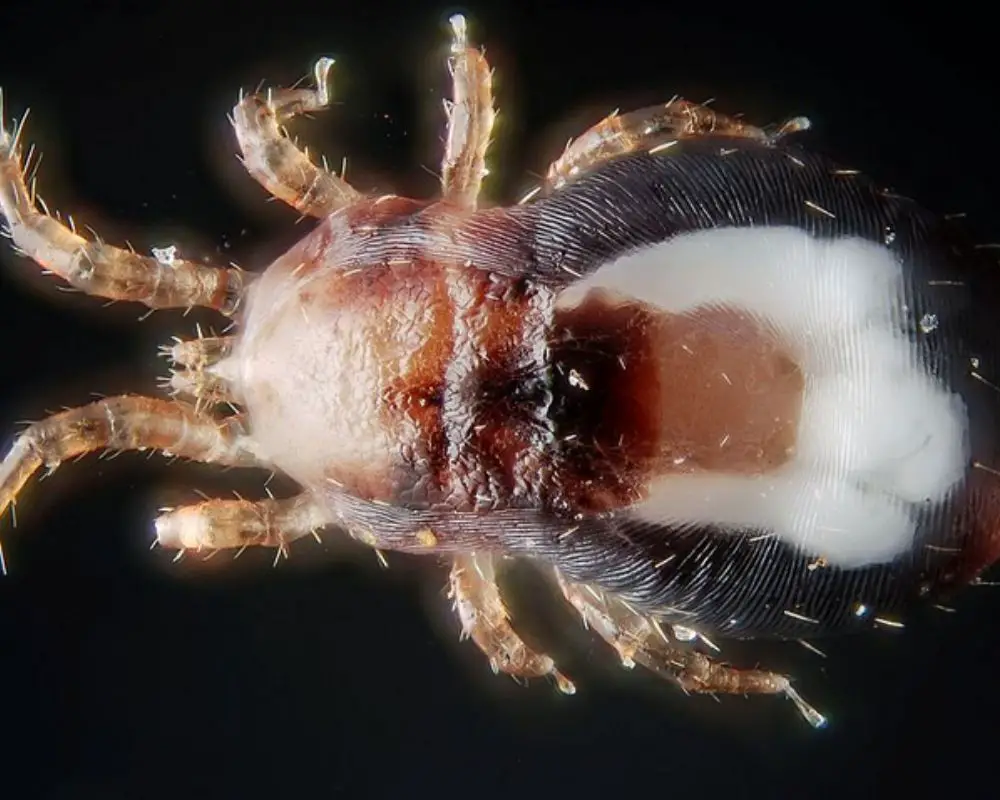
Symptoms:
They become structural pests when they migrate from bird nests into buildings and attack humans.
For this reason, bird mite control is essential for property owners. Chicken mites primarily infest poultry houses and farms, and also target households with pet birds.
Treatment :
Searching birds’ nests, cage corners and wooden walls for these insects and exterminating them using a special powder or spray or insecticides specific to these insects.
taking into account removing the birds from the cage when spraying pesticides so as not to be damaged, and the bird’s feathers must be checked periodically for early detection and elimination of these insects.
It is also possible to use a cloth dampened with a little petroleum oil and wipe the cage with it.
with a bath for the bird twice a week, and add drops of bitter wood soaked under the wings and on the body parts of the affected bird.
9- Lice insect:
An insect that is very common in the summer, and is concentrated around the bird’s neck, wing and body.
causing it to itch so badly that it will try to scratch its body with all the hard objects it encounters around it, which leads to sores, wounds and scratches on the bird.
Treatment :
Cleaning the cage and nests of dirt, and getting rid of these insects by using their own insecticides, and anise oil is one of the effective solutions in exterminating and getting rid of lice.
10- Scabies:
It is a fungal disease that affects most birds and appears in the form of gray scaly warts, concentrated around the beak and eyes, and it spreads quickly among birds by touching.
Symptoms:
Microscopic parasite multiplies inside the skin.
Treatment :
Isolate the injured and use special medical ointments and sulfur ointments, while maintaining the cleanliness of the cage by using disinfectants to kill parasites and microbes.
VERY IMPORTANT TIPS :
- Do not give any medicine to your sick bird without a prescription from a veterinarian
- Most of the symptoms of diseases may be similar to each other, and their causes and treatment methods differ, and the wrong diagnosis leads to prescribing the wrong medication, which causes the disease to exacerbate and increase.
- The medicine should not be kept in drinking water for more than twelve hours
- Do not forget to look at the expiry date of the medicine and its expiration date. When mixing the medicine with drinking water, it should be taken into account not to give the bird any fresh food that contains a percentage of water so that the bird can drink the largest amount of medicine.
- Do not put more than one medicine in the drinking water because the bird may refuse to eat it. The bird may refrain from drinking water containing the medicine because it changes its taste or because it is bitter in taste.
Final Words
As we have seen in this article, a lot of bird diseases come from the lack of hygiene and the diet that is provided to the bird.
Prevention is better than cure
To avoid injuring your pet, please carefully check the quality of the food provided to him and pay more attention to cleaning the cage.

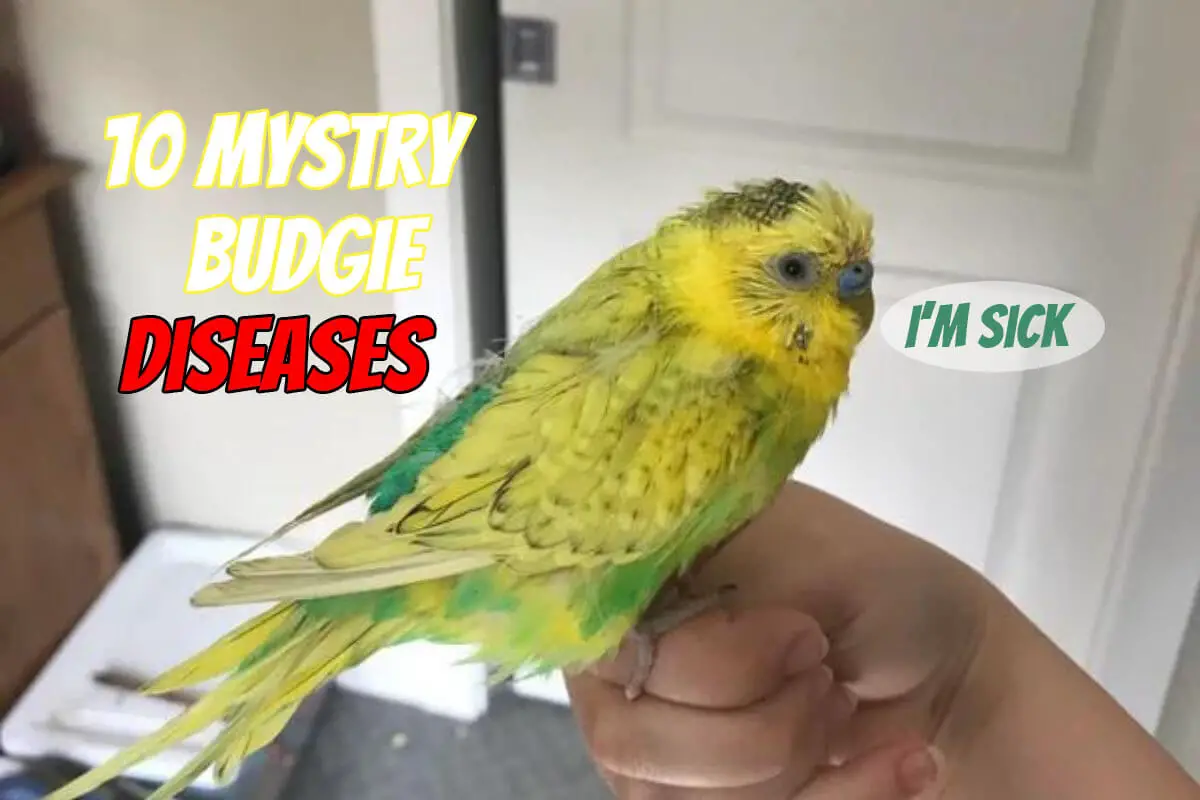
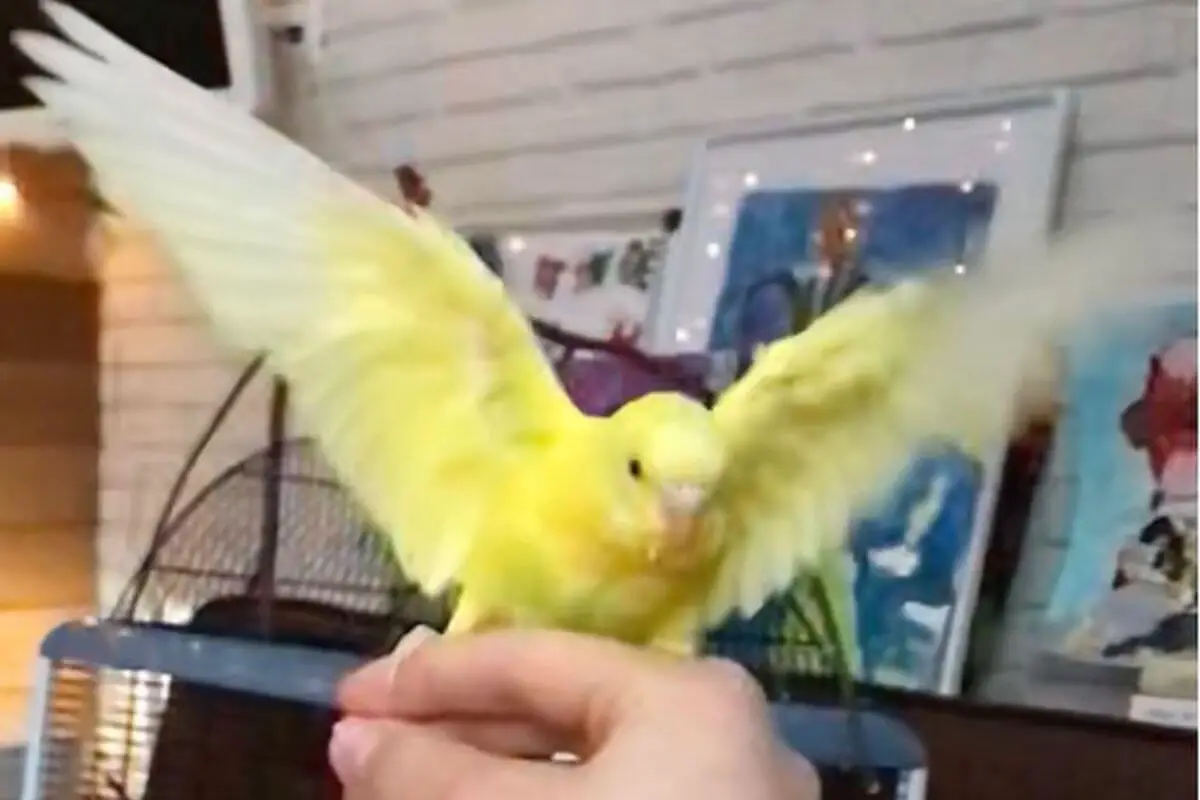
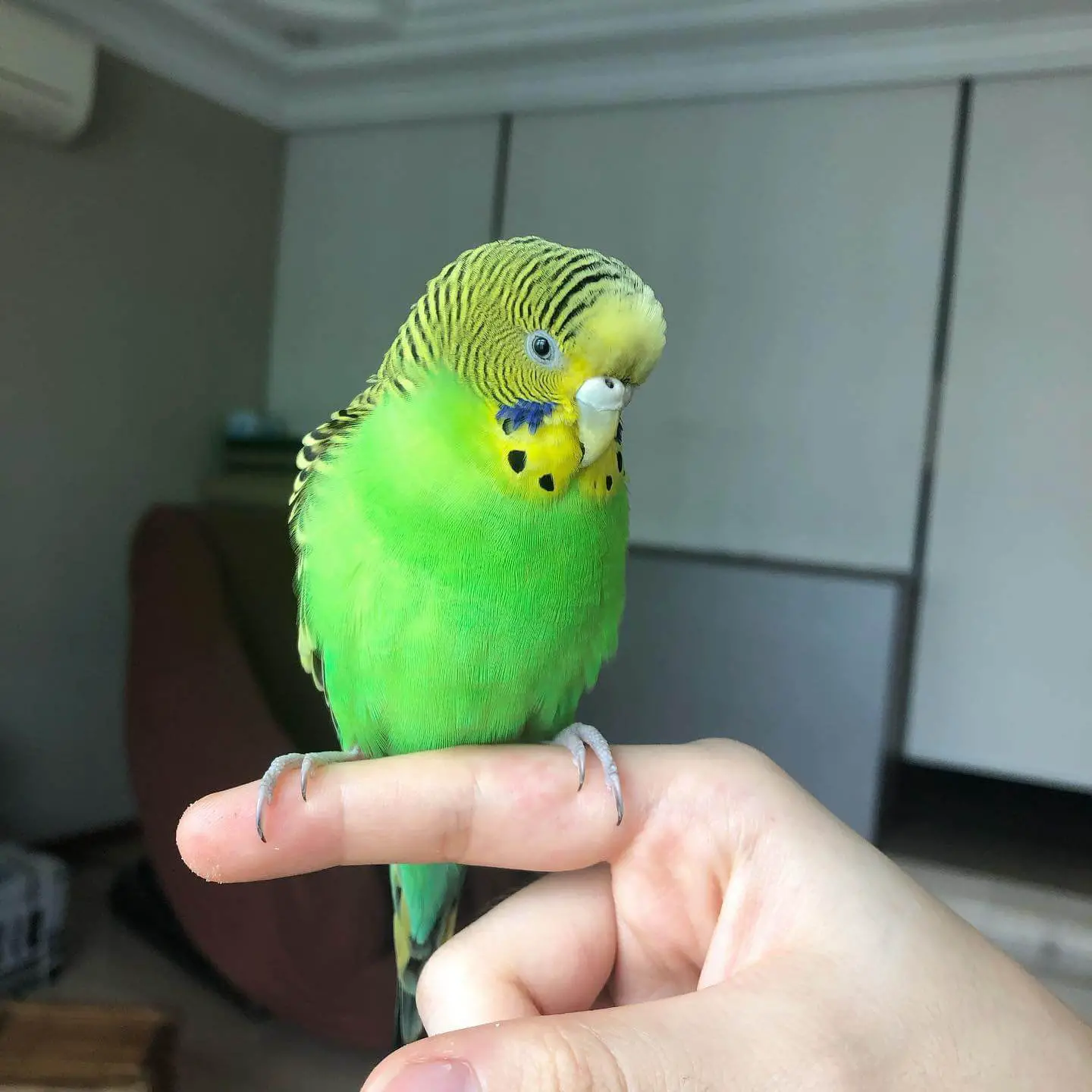

Leave a Reply